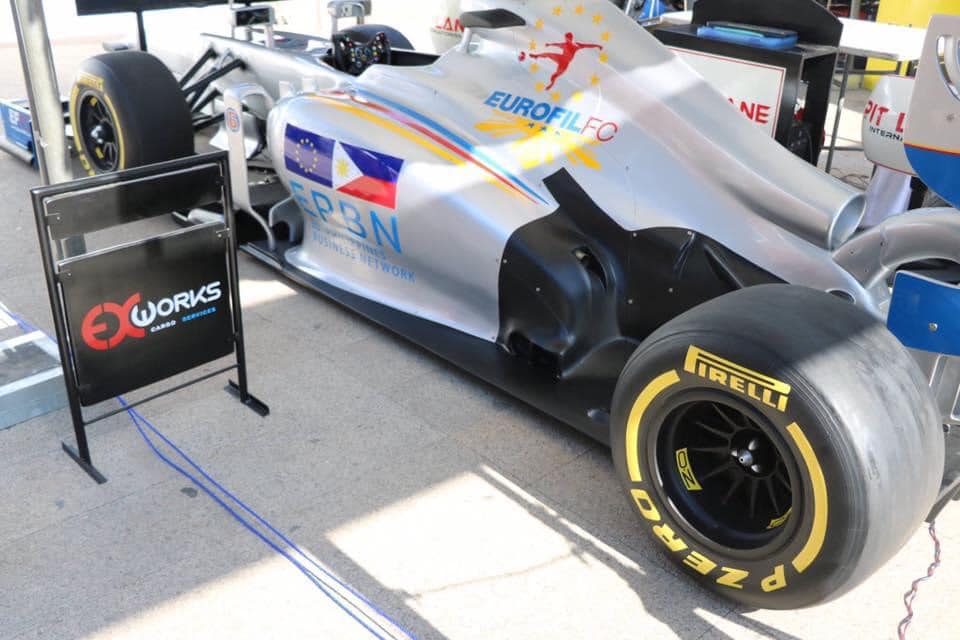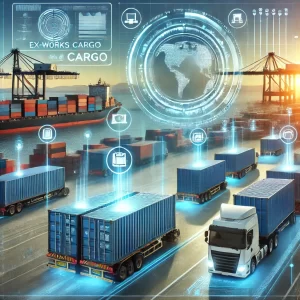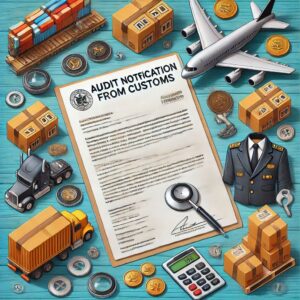F1 car shipping becomes complex because of their size, weight, value, and fragility. Moreover, these cars contain delicate components that demand special handling. Additionally, international shipping of high-value goods is complicated by stringent regulations and customs procedures.
Specialized shipments, requiring specialized equipment for safe transportation, are handled by few logistics firms with expertise, resources, and experience. Navigating challenges is aided by their relationships with customs authorities. F1 car shipping, with its unique requirements, remains a niche service.
Understanding Car Shipping
Car shipping in the Philippines primarily entails the movement of vehicles within the country or from international locations. It is a service frequently sought by individuals or businesses needing to relocate vehicles between islands or regions or to bring in vehicles from abroad.
Within the Philippines, car shipping employs diverse methods:
Land Transport: Typically, vehicles are transported via trucks or trailers overland routes. This mode is commonly employed for domestic shipments within the Philippines, facilitating movement across different islands or regions.
Ocean Freight: For international car shipping, vehicles are loaded onto cargo ships and transported by sea to ports in the Philippines. This method serves the importation of vehicles from other countries or the exportation of vehicles from the Philippines to overseas destinations.
The background
A renowned motorsport team headquartered in Europe was invited to take part in an exhibition event in Manila, Philippines. The focal point of this event was the display of their Formula 1 (F1) car, providing Manila fans with a unique opportunity to witness the excitement of seeing an F1 car in person. Nevertheless, the transportation of this valuable and delicate equipment across continents presented considerable logistical hurdles.
Subscribe to the Ex-works24/7 newsletter
Shipping challenge
The main obstacle lay in guaranteeing the secure and punctual transport of the F1 car from the team’s European base to the Manila venue. This required thorough planning, compliance with international regulations, and collaboration with multiple stakeholders, including shipping firms, customs officials, and event coordinators.
Ex-works Car Shipping Solution
Transportation Logistics: Collaborating with Ex-works Cargo, specialists in high-value cargo transport, the team devised a safety-focused plan for F1 car transportation.
Customs Clearance: To navigate strict import regulations, the team coordinated closely with customs brokers, preparing documentation in advance.
Secure Packaging: The F1 car received meticulous packaging to shield delicate components from transit damage using customized solutions.
Transportation Mode: Opting for air freight ensured timely delivery to Manila, facilitated by a dedicated cargo aircraft with climate control.
Tracking and Monitoring: Advanced technology tracked the F1 car in real-time, swiftly addressing any deviations to minimize disruptions.
The Car Shipping result
Thorough planning, efficient coordination, and the logistics team’s proficiency ensured the F1 car reached Manila safely and ahead of schedule. Flawlessly executing the transportation process maintained the car’s pristine condition, allowing Manila fans to enjoy seeing it up close. This successful shipping highlighted the importance of precision, attention to detail, and collaborative efforts in overcoming international logistical challenges.
Ex-works Recommendation
1. Partner with specialized logistics professionals experienced in transporting valuable and fragile cargo like Ex-works.
2. Guarantee adherence to international regulations and customs protocols.
3. Emphasize the importance of secure packaging and climate-controlled transport to safeguard delicate equipment.
4. Employ advanced tracking technologies to monitor shipments in real time and preemptively manage risks.
5. Highlight the critical role of meticulous planning and seamless coordination in achieving success in international shipping endeavors.
Conclusion: Meticulously planning, adhering to regulations, and collaborating with experienced logistics partners are essential for shipping an F1 car to Manila. Following these steps ensures the successful showcasing of the high-performance machine in the Philippines by the F1 team.




